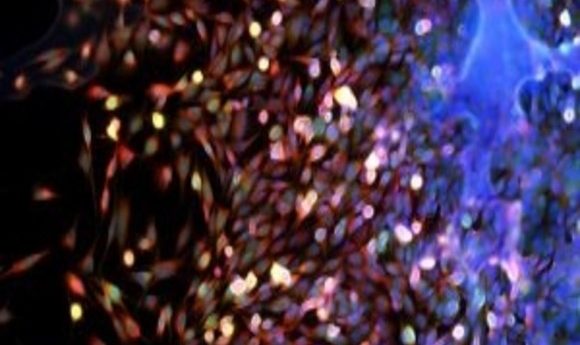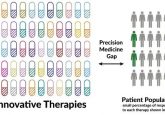A vest of interest for personalized radionucleotide therapy

A vest that acts as a personal dosimeter, monitoring accumulation of radiation in organs, is being developed to provide individual data for patients receiving radionuclide therapy, in order to personalize their treatment.
A research team from the University of Washington (WA, USA) are working to personalize therapy for patients with metastatic somatostatin-receptor-2 positive neuroendocrine tumors (NETs). Led by Robert Miyaoka, the team are developing wearable technology to act as a personal dosimeter that measures the accumulation of radiation in the organs at risk (OAR) for each patient from the comfort of their home, hopefully bypassing the need for the current expensive and time-consuming protocols. Preliminary trial results were presented at the 2019 Annual Meeting of the Society of Nuclear Medicine and Molecular Imaging (22–25 June 2019, Anaheim, CA, USA).
Typically, metastatic somatostatin-receptor-2 positive NETs are treated with targeted radionucleotide therapy using lutetium-177 (177Lu)-DOTATATE, which has been shown to significantly increase progression-free survival for patients.
“Organ specific dosimetry for the 177Lu-DOTATATE (Lutathera®) is the norm at many medical centers outside of the USA,” explained Miyaoka.
“Longitudinal imaging studies are conducted after each therapy treatment to determine the cumulative dose to the OAR for each patient. The standardized 177Lu-DOTATATE treatment protocol in the USA consists of four 200 mCi doses spaced 2 months apart. Although this is safe for a vast majority of patients, it is less than optimal for most. Studies out of Europe are revealing that tailoring the number of treatment doses based upon the dose-limiting toxicity to the patient’s OAR can more than double the progression-free and overall survival for NET patients undergoing 177Lu-DOTATATE therapy.”
The longitudinal imaging sessions required to identify the concentration of radiation from 177Lu accumulating in the OARs are expensive, time consuming and usually need to be conducted at least three times in 1 week to provide accurate data. This is clearly disruptive for the patient and consumes a clinic’s resources.
Miyaoka described how his team “propose to create a lightweight, low-cost, wearable, patient-specific technology that will allow organ-specific measurement recordings to be made within the comfort of the patient’s home.” Therefore, overcoming the need for the current laborious method.
-
Study points the finger at a common SNP for stroke risk in cancer survivors
-
Tumor-targeting protein could be future of personalized cancer therapy
-
Telephone toxicology: the results are in
Miyaoka went on to expound the technology further: “The garment [called a multi-detector personalized home dosimetry (MD PHD) vest] will house 15–20 small radiation detectors, strategically placed within the vest based upon the patient’s own anatomy. In addition to the radiation detectors the vest will be coupled to a compact electronics pack that will acquire the data and send it via WiFi or cellular services to a secure website where medical personnel/software can check the data for quality control in near real-time.”
“The patient will be asked to wear the vest for a 2-minute data acquisition once a day for 7 (and up to 21) days. Based upon these at-home measurements and a single SPECT/CT image taken 24 hours after the therapy administration, organ specific dosimetry will be determined for all of the patient’s OAR.”
With the assembled data, clinicians will be able to schedule further treatments based on the patient’s unique dosimetry without the need for disruptive clinic visits and expensive imaging techniques.
Reporting preliminary results from simulation trials of the vest, Miyaoka revealed how “at-home vest measurements made over 7–21 days can provide organ-specific washout rates with precision as good or better than the current accepted gold standard of three-four quantitative SPECT/CT images acquired over 7 days. The initial goal of this technology is to enable personalized 177Lu-DOTATATE therapies in the USA and to lower the cost for treatment personalization throughout the world.”
Submit Your Research to the F1000Research Oncology Gateway
Share your oncology research with the global scientific community through the F1000Research Oncology Gateway. With trusted publishing, open access, and transparent peer review, your work will uphold the highest standards of research integrity while driving innovation in cancer treatment and understanding.
Join a trusted platform that accelerates progress in oncology. Submit your research today at F1000Research Oncology Gateway.





